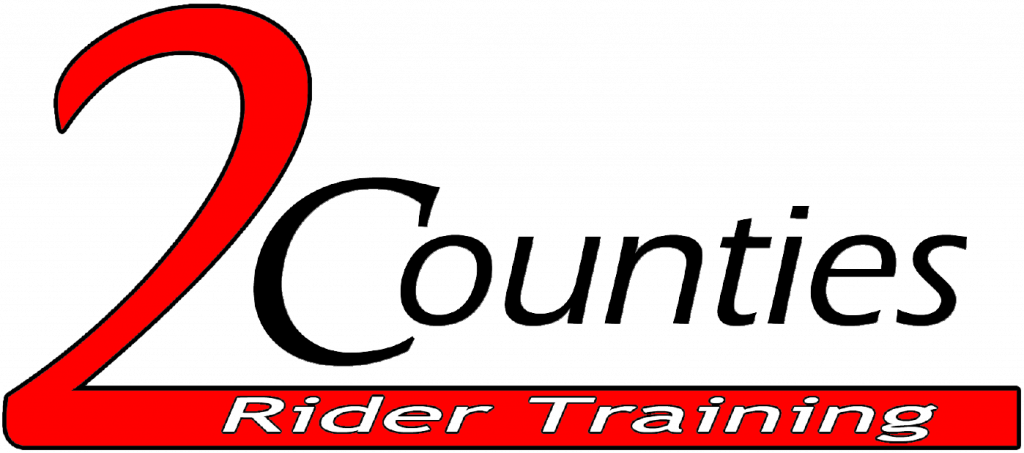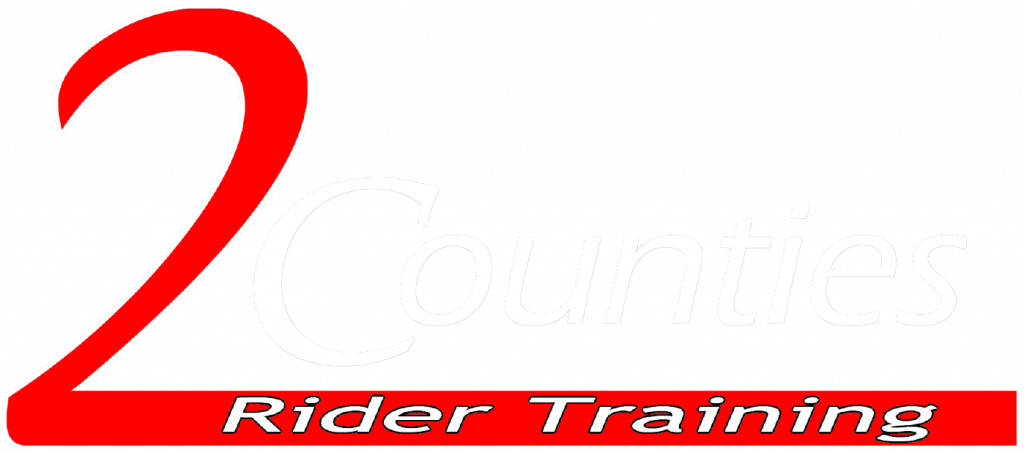For the Module 2 test listen to the examiners question carefully, it will be either a show me or tell me question!
B.E.S.T.C.O.P.S.
Brakes:
Show me how you would check the operation of the brakes on this machine.
Wheel the machine forward and apply the brake. Check for excessive travel on the brake lever and the brake pedal and for unusual play or sponginess.
Identify where the brake fluid reservoir is and tell me how you would check that you have a safe level of hydraulic fluid.
Identify reservoir, check level against high/low markings. Explain bike should be upright.
Electrics:
Show me how you would check that the horn is working on this machine.
Check is carried out by using control (turn on ignition if necessary).
Tell me how you would check that the lights and reflectors are clean and working.
Explanation only: Operate switch (turn on ignition if necessary), identify reflectors. Check visually for cleanliness and operation.
Show me how you would check that the brake lights are working.
Operate brake, place hand over light or make use of reflections in windows, garage doors etc, or ask someone to help.
Tell me how you would check the operation of the engine cut out switch.
Explanation only: Operate switch, with the engine started.
Show me how you switch your headlight from dipped to main beam.
Operate switch (with ignition or engine on if necessary), check with main beam warning light.
Steering:
Show me what checks you would make on the steering movement before using the machine.
Handlebars should be free to move smoothly from full left lock to full right lock without any control cables being stretched, trapped or pinched and without any snagging between moving and fixed parts. Explain – bike off stand and front wheel against wall, push forward on handlebars to check for play in head bearings
Tyres:
Tell me how you would check your tyres to ensure that they are correctly inflated, have sufficient tread depth and that their general condition is safe to use on the road.
Correct tyre pressure settings can be found in the owner’s manual. Pressures should be checked using a reliable gauge when tyres are cold. Tread depth must be at least 1mm deep, forming a continuous band at least 3/4 of the breadth of the tread and all the way around. There should be no lumps, bulges, tears or nails and glass.
Chain:
Tell me how you would check the condition of the chain on this machine.
Check for chain wear, correct tension and rear wheel alignment. Tension should be adjusted as specified in the machine handbook. Drive chain should be lubricated to ensure that excessive wear does not take place.
Oil:
Identify where you would check the engine oil level and tell me how you would check that the engine has sufficient oil.
Identify where to check level, i.e. dipstick or sight glass. Explain that level should be between max and min marks. For dipstick remove dipstick and wipe clean, return and remove again to check oil level against max/min marks. For sight glass, ensure glass is clean when checking. Refer to the owners manual, this is normally checked when the bike is upright and engine is cold.
Petrol:
Check operation of the petrol tap, on/ reserve/ prime/off. Make sure fuel pipes are in good condition.
Suspension:
Take the bike off the stand, sit on the bike, apply the front brake and press down on the handlebars checking for free movement of the forks and signs of any oil leaks. The rear suspension is checked by bouncing on the seat again checking for free movement and oil leaks.
Q: What adjustments would you make to the bike before carrying a passenger?
A: I will refer to my owner’s manual as to whether I need to adjust the tyre pressures, the suspension, and the chain. I will also consider adjusting the headlight and the mirrors.
Q: What advice will you give your passenger before they get on the bike?
A: I will make sure they have proper protective clothing on. I will make sure they have a correctly fitting helmet on and that it is fastened. I will show the where to hold on, (grab rail or me) and where to put their feet. I will tell them to lean with me in the corners, not to fidget, not to give any arm signals and not to put their feet down until I tell them to.
Q: How does carrying a passenger affect the balance of the bike?
A: It raises the centre of gravity, making the bike top heavy, affecting the acceleration, braking and cornering, (A.B.C.).
General
Carrying luggage also affects the balance, so the weight must be evenly distributed with heaviest items at the bottom, wind or turbulence will also affect the balance.

